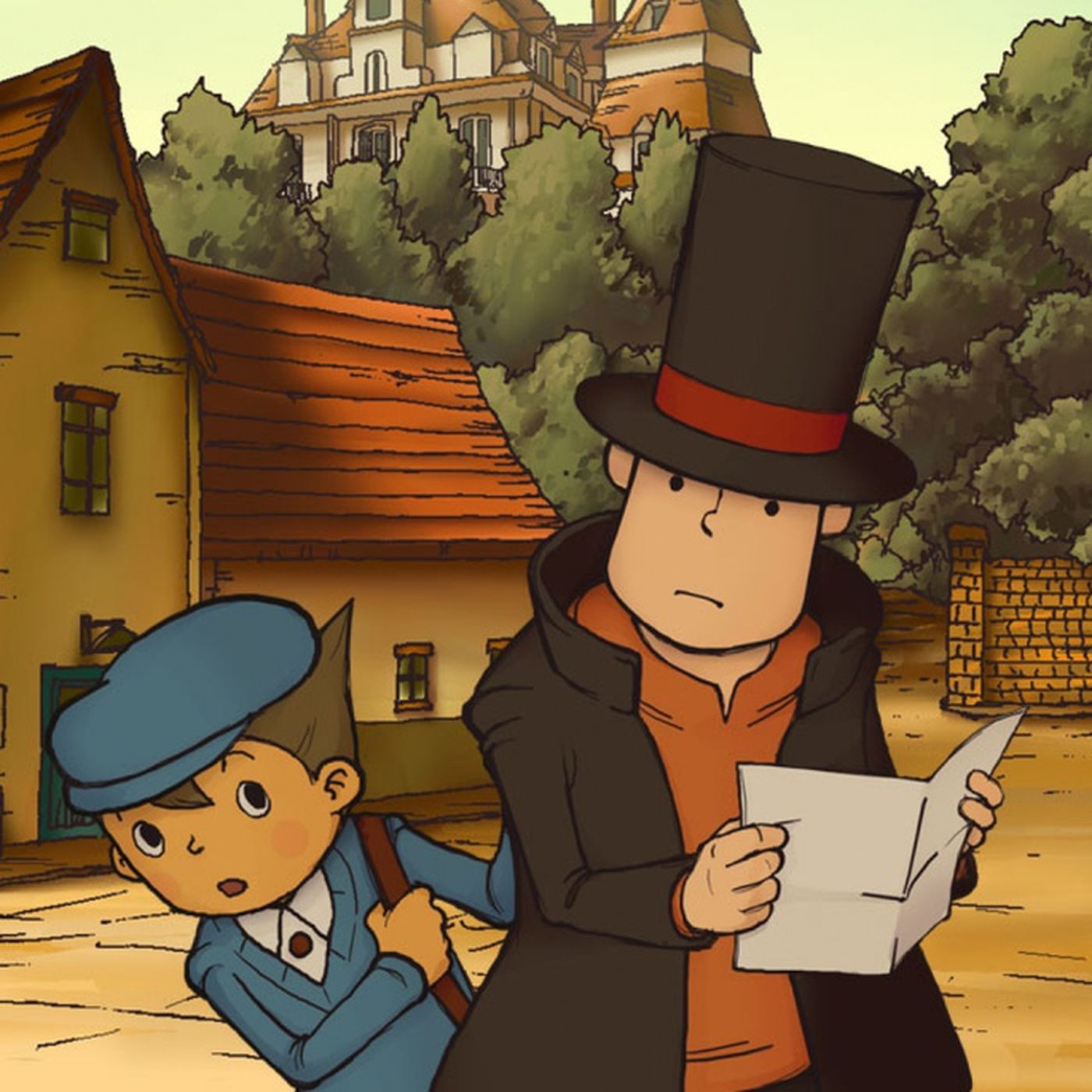Table of Contents Show
The “Professor Layton” video game series (2007-2013), which was developed by Level-5 and released its first game in 2007 in Japan, follows the adventures of the titular gentlemanly archaeology professor and his young apprentice Luke Triton. Each game centers around a mystery that the characters are trying to solve, and players must solve a wide variety of puzzles to progress through the game. Some of the puzzles can be skipped if the player wishes, while some must be completed in order to advance. When not solving puzzles, players either watch cutscenes, tap through dialogue sequences, or explore the area to talk to NPCs (who frequently spring puzzles on you) and find clues.
There are six games in the main Layton series, comprising two trilogies. The first game to be released, “Professor Layton and the Curious Village” (2007), kicked off the first trilogy, followed by “Professor Layton and the Diabolical Box” (2007) and “Professor Layton and the Unwound Future” (2008). The second trilogy is actually a prequel series and takes place before the first. The first prequel game is titled “Professor Layton and the Last Specter” (2009) and is followed by “Professor Layton and the Miracle Mask” (2012) and “Professor Layton and the Azran Legacy” (2013). There have been other games in the series, including one about Layton’s daughter, but this article will focus on the six main games.
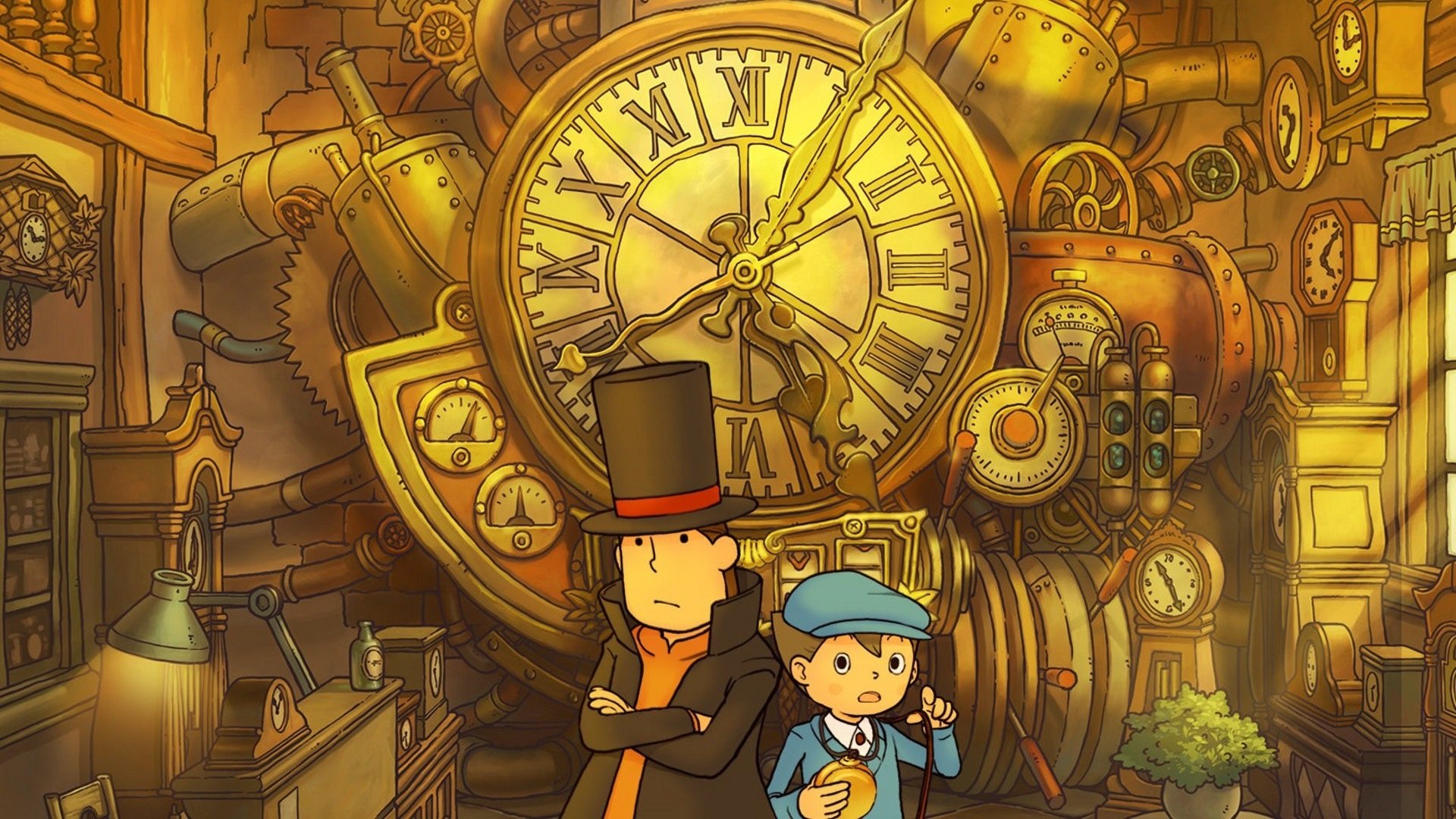
There are a number of factors that make Layton games treasures to be replayed over and over. The top-notch puzzles, which require a variety of skills, from math to spatial analysis to logical deduction, keep the player’s mind sharp as they play and, like many other video games, build real-life skills. The unforgettable characters range from the colorful NPCs to the bright, animal-loving Luke to Layton’s tough but slightly secretive assistant Emmy (who appears in the prequel trilogy only). They, along with the consummate gentleman Professor Layton himself, make the games vibrant and amusing.
The settings, which range from mysterious small towns to bustling London, are atmospheric and beautifully rendered. The music is always beautiful and perfectly fits the story. Finally, while frequently outlandish, the stories themselves are enthralling, and the games’ conclusions are often tear-jerking. But which Layton game combines these elements most successfully? As the first trilogy released in HD on mobile last summer, it’s a good time to look back at each game and appreciate what made this series phenomenal. Of course, personal opinion significantly impacts these rankings, and many others in the fandom may have vastly different opinions! This is one potential ranking of the different Layton games.
6. “Professor Layton And The Azran Legacy”
“Azran Legacy” is immensely enjoyable, and it is by no means a bad game. However, it comes in last partly because it doesn’t have quite the same level of charm that most of the other games do. In this final installment in the prequel trilogy, the professor, Luke, and Emmy fly to different fictional locations across the globe. At each location, they complete smaller quests and mysteries in order to get the necessary items to solve the larger mystery. While the format is engaging, it results in the game not feeling as centered as those that take place in only a few locations, and it doesn’t have anywhere near the level of atmosphere that other games have.
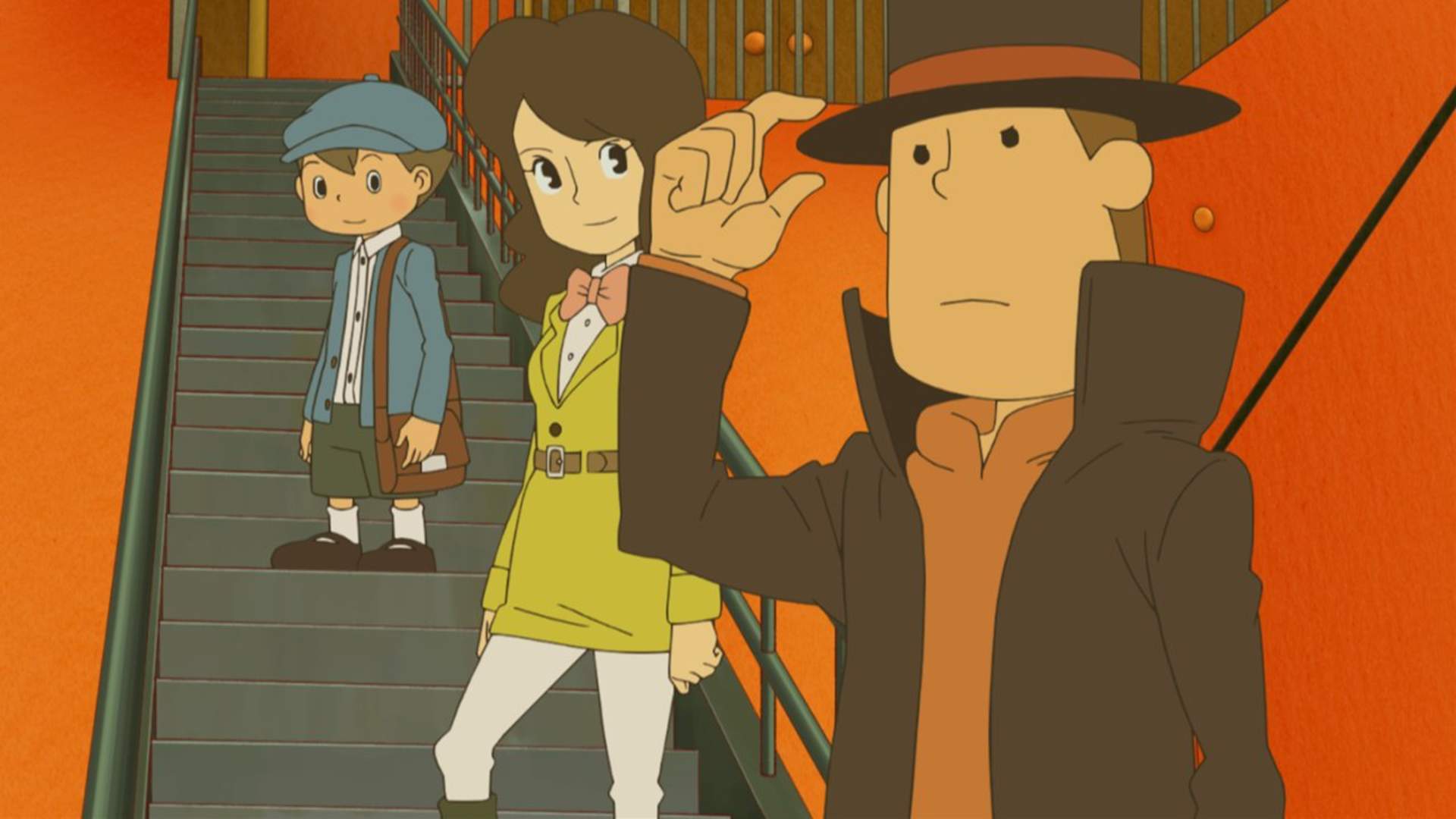
The story itself is quite grandiose, as it follows Layton and co. trying to uncover the secrets of the Azran, an ancient, highly technologically advanced civilization, before the evil Targent does so, with the latter eventually triggering the annihilation of humanity. There are a few big reveals in this game, some of which work well and some of which feel a bit perfunctory. As usual, the game ends on a heavy emotional note, but it doesn’t seem to hit quite as hard because of how incredibly high the stakes have gotten and how larger-than-life it all feels. That being said, there are still great things about “Azran Legacy.” The puzzles in this game are excellent and incredibly creative, and each location is distinct and enjoyable to play through. This game has also grown into the new 3DS gameplay that was much clunkier in “Miracle Mask,” the first Layton game on 3DS. All in all, “Azran Legacy” is a great game with a few flaws that hold it back.
5. “Professor Layton And The Curious Village”
It feels wrong to put the first released Layton game so low, but it’s in large part because the later games improve on what this first game already does so well. To start with the more negative side, it’s easy to tell that this is the first game. The DS version has a few annoying aspects of gameplay that are greatly improved upon in the later installments. For example, there is no Memo function to allow you to write things out when solving puzzles. However, this and other aspects have been altered for the HD mobile release of the game. Aside from that, the game feels a bit claustrophobic since it all takes place in one very small location, and the player spends most of the game walking back and forth along the same roads — almost the opposite problem as the one “Azran Legacy” suffered from. The puzzles in this game may be the hardest in the series, which could be good or bad depending on your preferences, but there is a much heavier concentration of math puzzles here than in any other game, which reduces the variety and excitement.
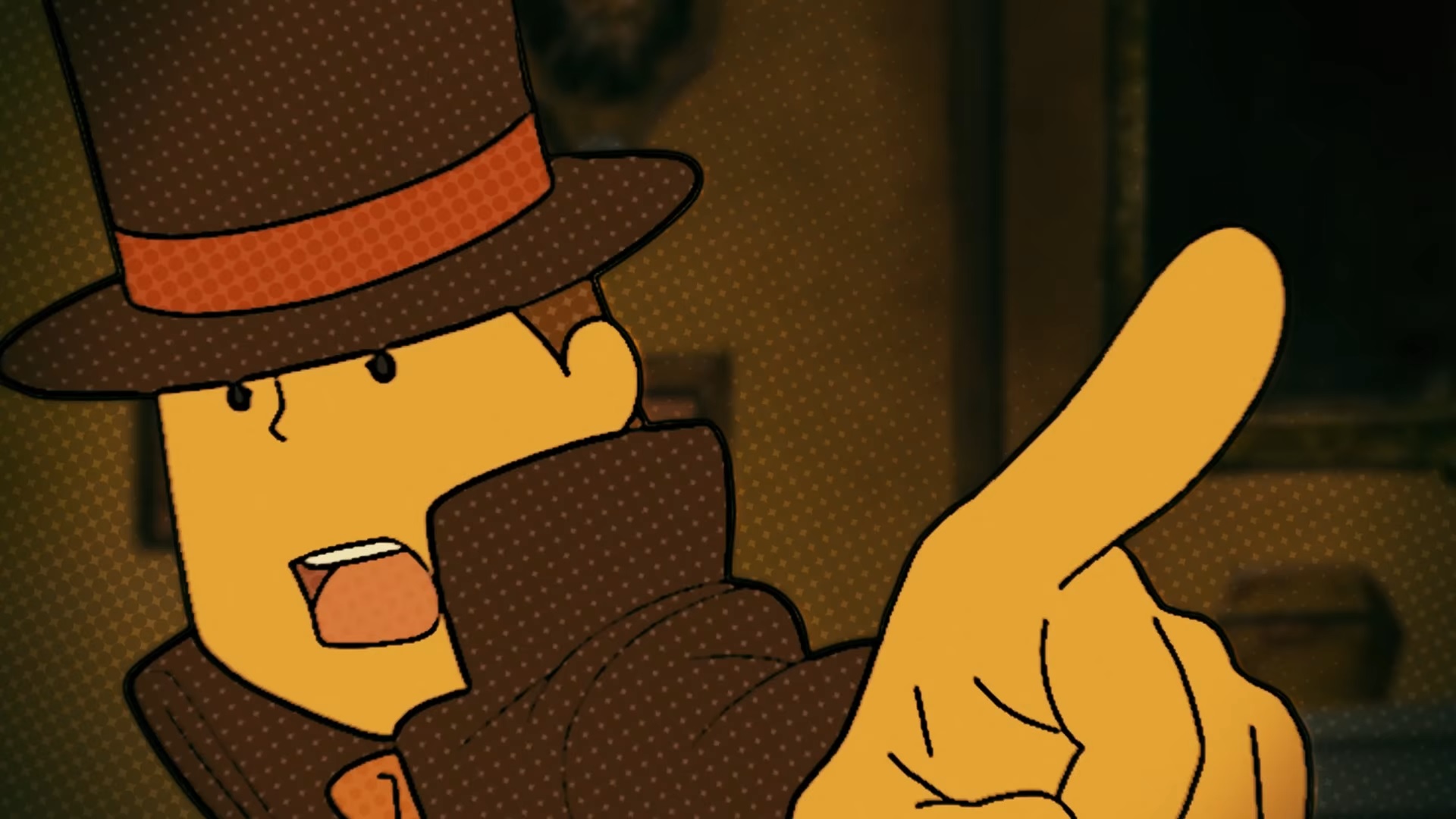
The story is the simplest of all the Layton games, though it still comes with a classically unfeasible Layton twist at the end. Layton and Luke travel to the small, isolated town of St. Mystere to join the hunt for the “Golden Apple,” a mysterious treasure a wealthy baron left in his will to whoever could solve the mystery. Layton and Luke explore the city, meet NPCs, and nearly get run over by a Ferris wheel by Layton’s archenemy Don Paolo. All in all, “Curious Village” is great fun and sets the stage for the series, but the later games add some much-needed oil to this machine.
4. “Professor Layton And The Last Specter”
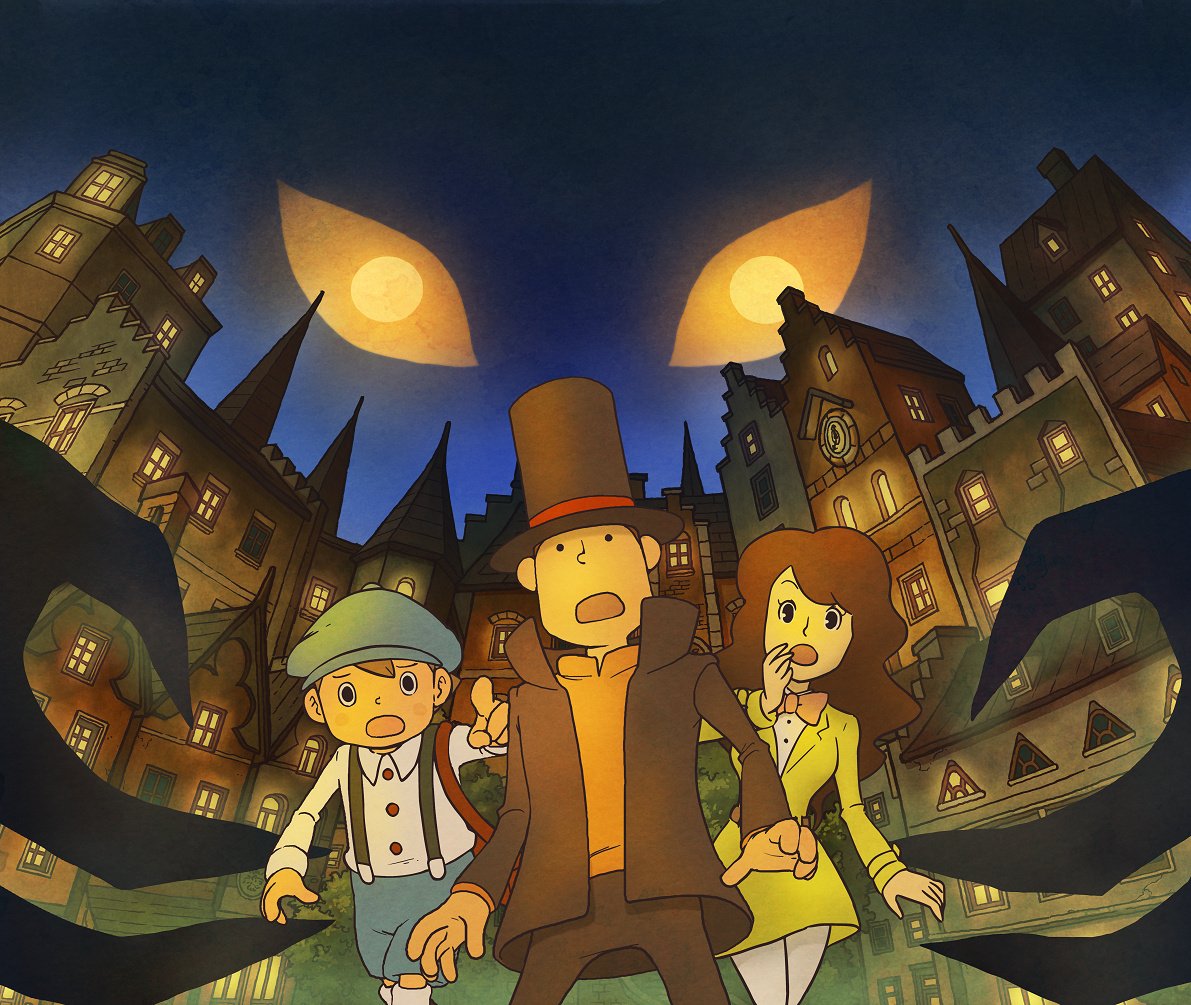
The first game of the prequel series shows us how Luke and Layton met. We follow Layton and his new assistant Emmy as they travel to the dreamy small town of Misthallery, where Luke’s father, the town mayor, is struggling to deal with a mysterious “specter” that is attacking the town. The main problem with this game is that its ending reveal is nearly impossible to reconcile with what the player sees in cutscenes earlier. It can also get a bit slow at times, but not in a boring or unpleasant way. Aside from that, Misthallery might be the best setting out of any Layton game, thanks to its atmosphere. It’s foggy, mossy, ethereal, and is an overall wonderful place to spend time. There are also some great touches (shoutout to the Black Ravens) and one of the most emotional endings of the series. This game does a great job at throwing the viewer back in time and showing how our characters came to be the way they are.
3. “Professor Layton And The Miracle Mask”
The second game in the prequel series and the first to be released on 3DS, “Miracle Mask,” is a vibrant, exciting adventure. The game revolves around Layton, Luke, and Emmy working to catch the mysterious Masked Gentleman, who has been plaguing the carnival and casino-laden city of Monte d’Or with disruptive and dangerous “dark miracles.” The identity of the Masked Gentleman is obvious to most players long before the big reveal, thus robbing this game of the sense of pervasive mystery many other Layton games enjoy (perhaps players can ponder the larger quandary of how the game is ostensibly set in England, but Monte d’Or is in the middle of a large desert). Additionally, the shift to 3DS brings some gameplay and design changes, some of which are clunkily executed and make the game a bit less aesthetically pleasing.
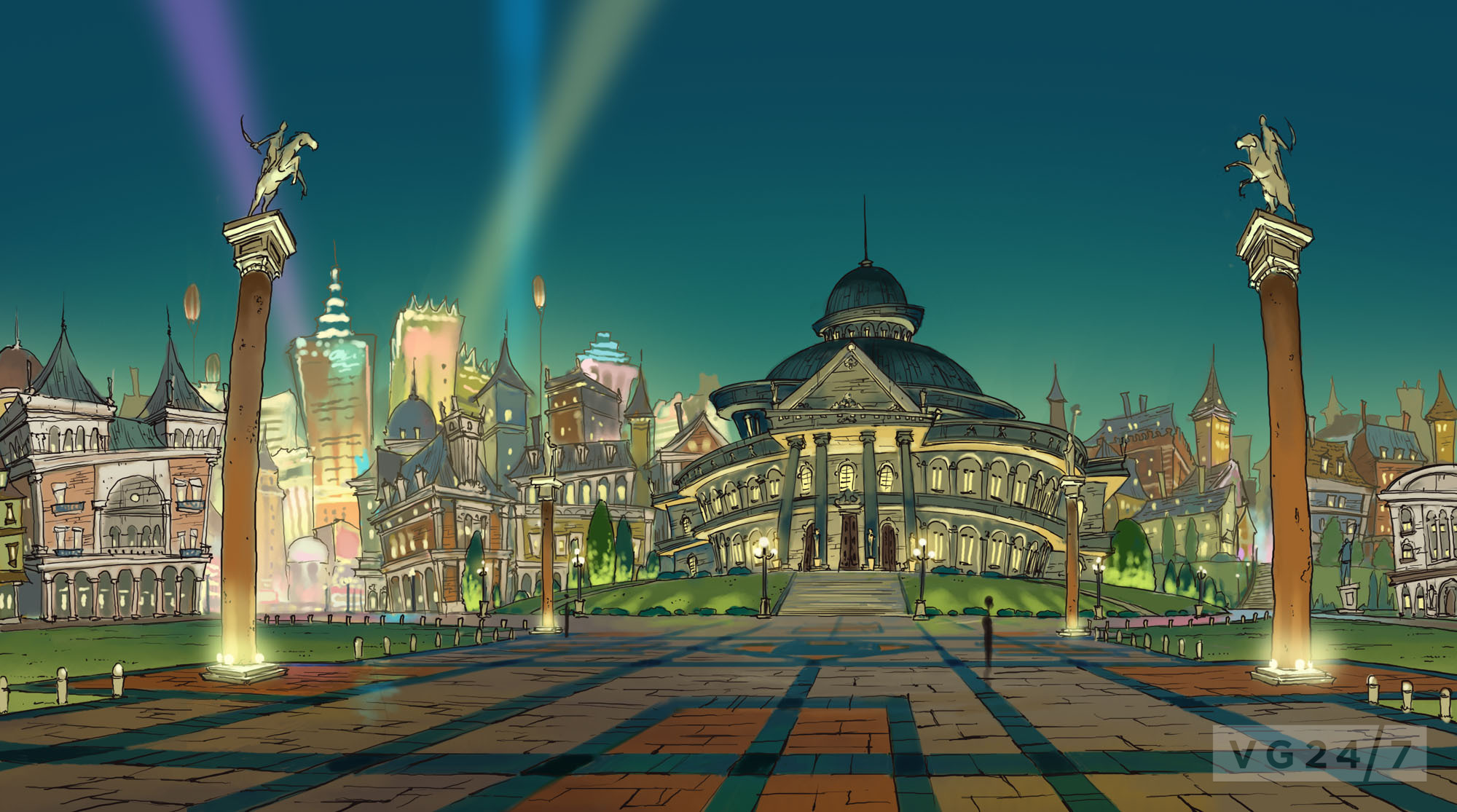
That being said, “Miracle Mask” is a joy to play. The setting is as atmospheric as ever, and the streets of Monte d’Or are eye-catching and beautifully rendered. The puzzles are excellent and fit the game well. The story has a nice emotional hook as well as a few smaller twists. Nearly half the game is spent playing through flashbacks to Layton’s teenage years and his adventures with his best friend, Randall. The flashbacks give clues and context for the events of the present day. There is an unusual section within the flashbacks wherein Layton and Randall explore ancient ruins, and the gameplay changes dramatically. While this section goes on a bit long, it provides a great change in pace. This game also includes the Shop, which is one of the best minigames in the series. All in all, “Miracle Mask” is an utterly enjoyable entry into the Layton saga.
2. “Professor Layton And The Diabolical Box”
“Diabolical Box” is the second Layton game released, and it is an incredible experience. Once again, the big reveal is a little hard to swallow and leaves a few gaping holes, but that is par for the course in Layton games. Layton and Luke start their journey on the luxurious Molentary Express in order to search for the Elysian Box, which is rumored to kill anyone who opens it and which seems to have killed Layton’s former mentor. They visit the small country town of Dropstone and eventually reach the mysterious town of Folsense, where residents all live in fear of a vampire. Folsense appears to have been frozen in time fifty years ago…the same year Dropstone was founded.
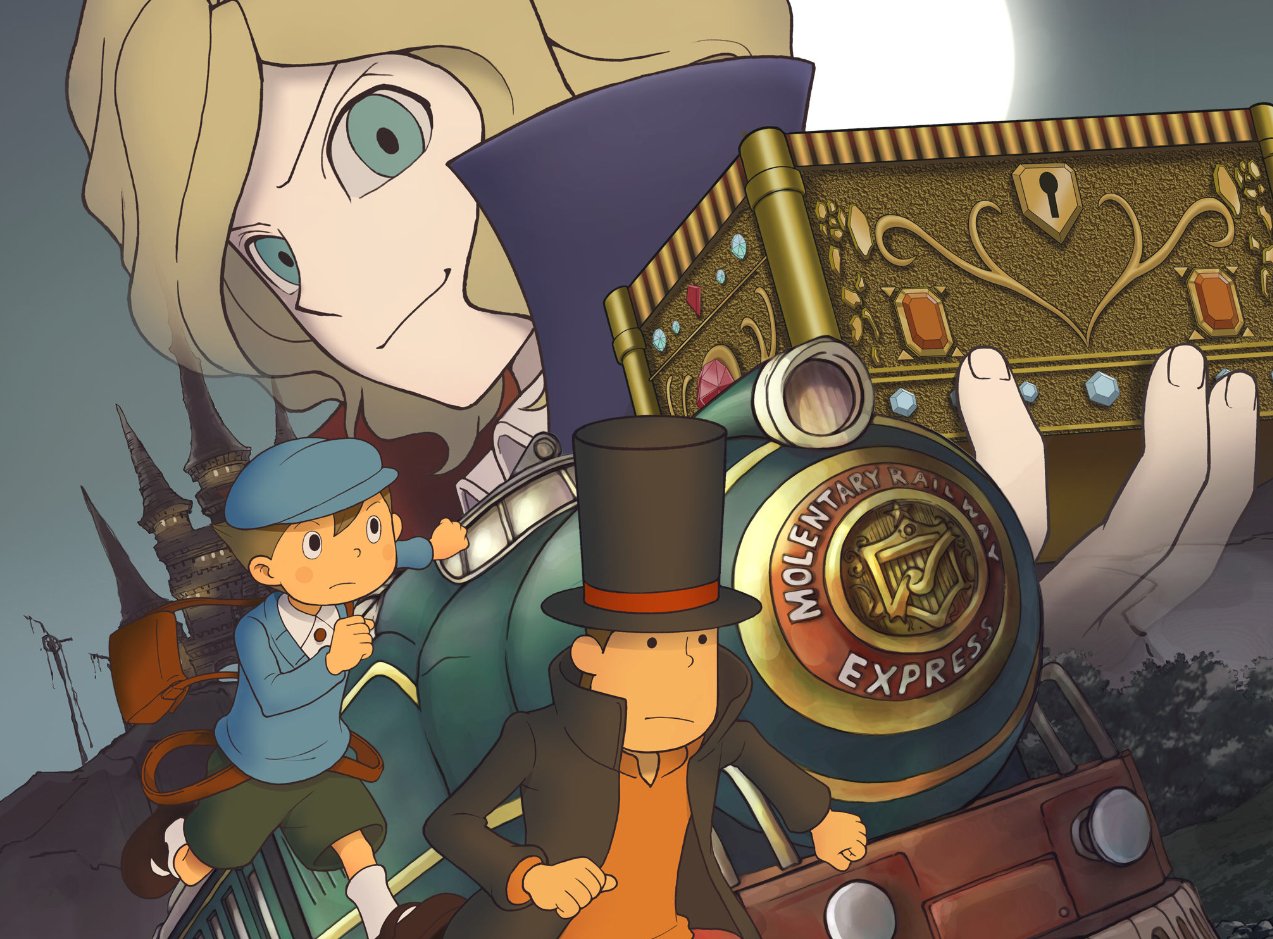
The mystery is well-plotted, and the reveals come at a good pace. The puzzles, as usual, are top-notch, and this game has some of the best minigames (the tea set game is always a joy to play). Folsense comes in a close second to Misthallery as the most atmospheric setting, and it is definitely the most haunting, with beautifully eerie music and dimly lit streets. The game includes some beautifully animated cutscenes, including a delightfully dramatic sword fight. Above all, the story is absolutely tear-jerking and, in terms of emotional impact, comes in as a close second only to…
1. “Professor Layton And The Unwound Future”
The final game chronologically in the Layton series is phenomenal on every front. With stellar puzzles, fantastic animation and gameplay, fascinating characters, and a mystery with more than a few twists along the way, this is truly Layton at its best. Layton and Luke travel to meet someone claiming to be Luke from the future and find themselves in a future version of London, in which the gentlemanly professor is apparently running a crime syndicate. With the help of Future Luke, they try to understand what has happened to Future Layton and uncover a shockingly evil and large-scale plot. Not only that but a mysterious woman is walking around the city whom Layton appears to recognize.
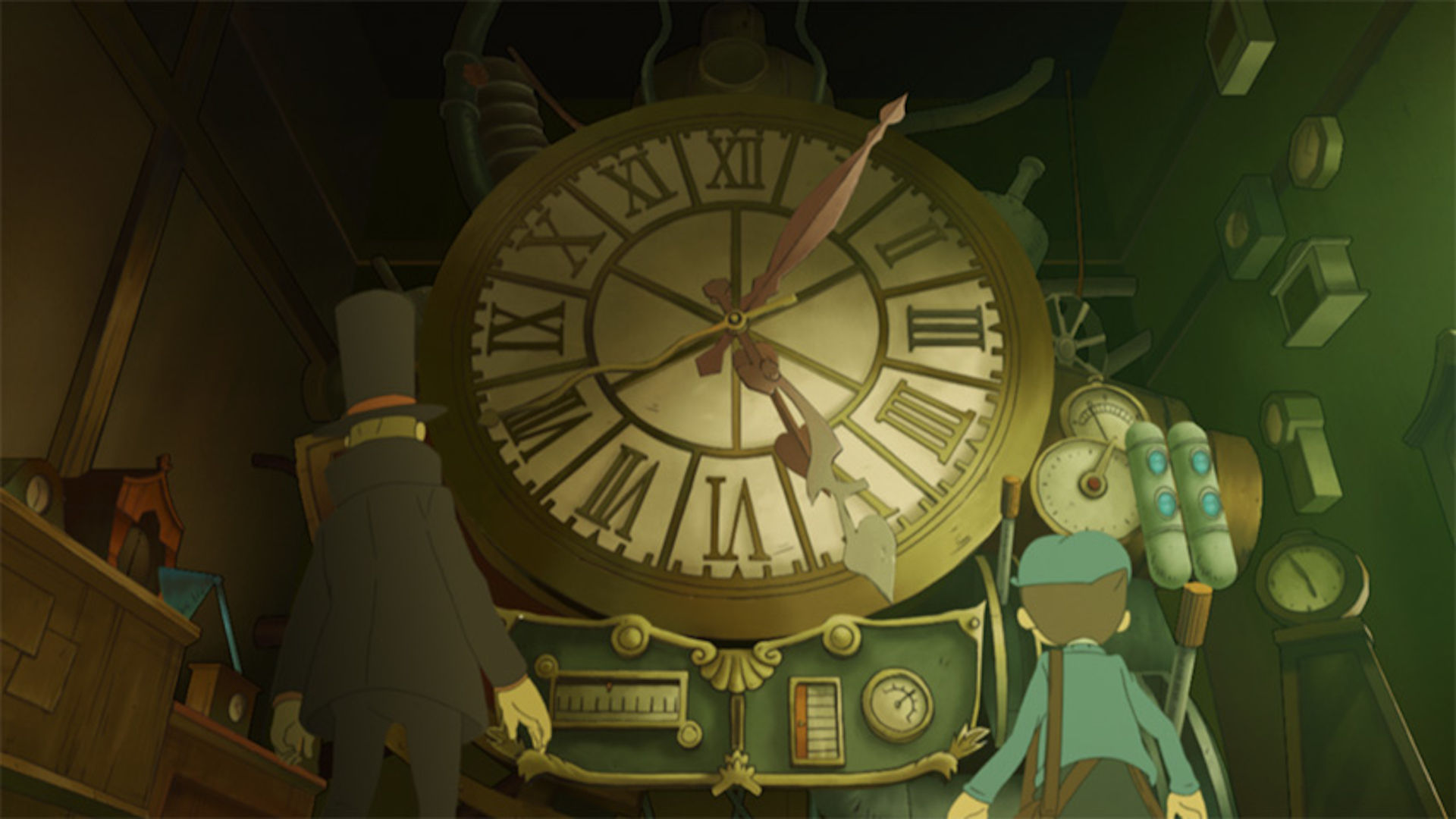
“Unwound Future” brings all our favorite characters together in a fun and exciting way. The puzzles are amazing, the setting is well-designed, and the mystery, though as unfeasible as ever, is thrilling. The music in this game is perfectly evocative, and even the credits music can make fans tear up. But the real impact of the game comes from the emotional beats it hits, particularly in one unforgettable cutscene near the end that would make even the most hard-hearted sob. It’s a beautiful chronological end to the Layton saga, but it leaves open the possibility for more adventures with Layton and Luke. While this looks increasingly unlikely, it’s still something fans would absolutely love to see.
Every Puzzle Has An Answer
The “Professor Layton” series is great for almost any age, though parents may need to help younger children with some of the puzzles. The games celebrate intellect and logic, with one of Layton’s many iconic catchphrases being “critical thinking is the key to success.” While we wait for the prequel trilogy to (potentially) be released in HD on mobile, it’s a great time to play the DS versions of all the games and delve into the challenging, emotional, adventurous world of Professor Layton.
